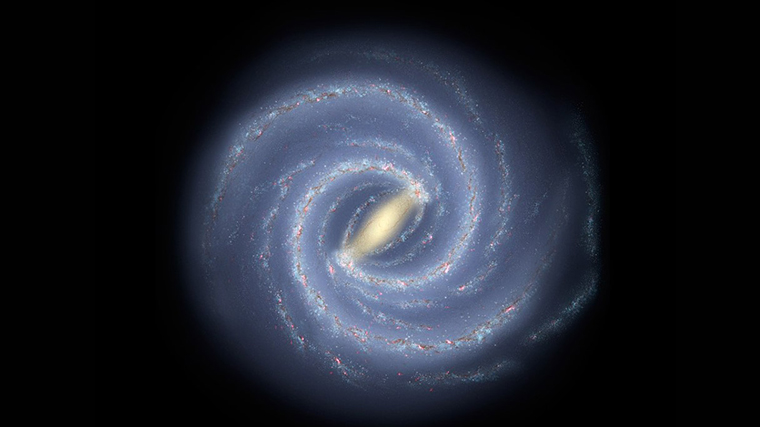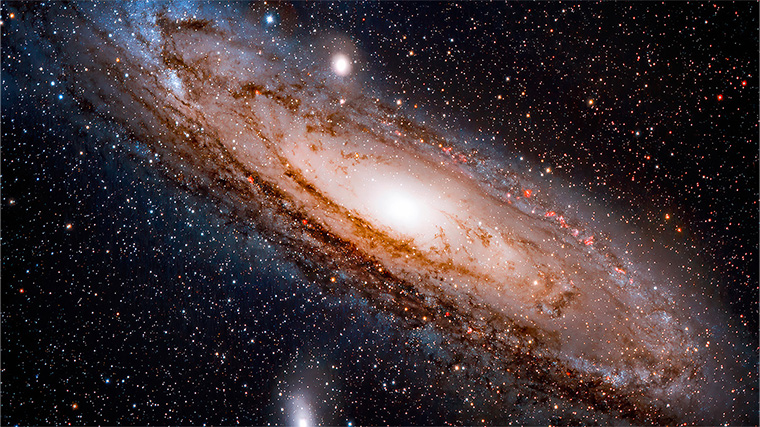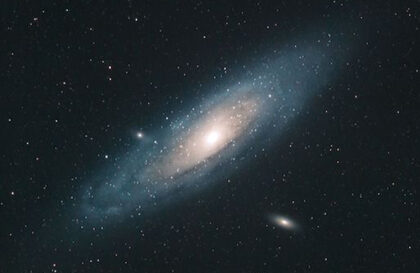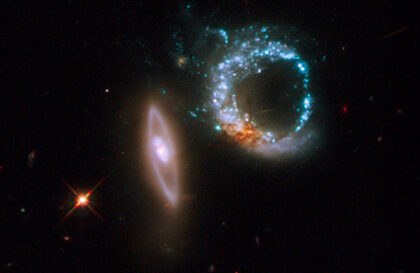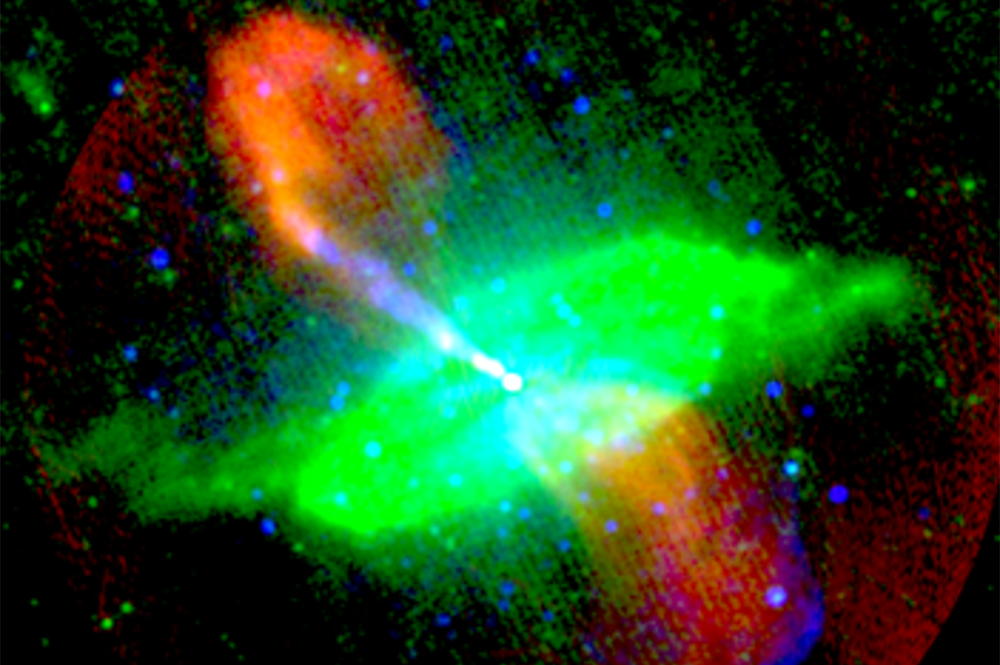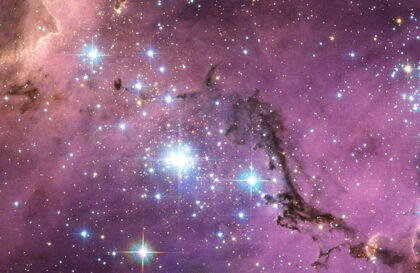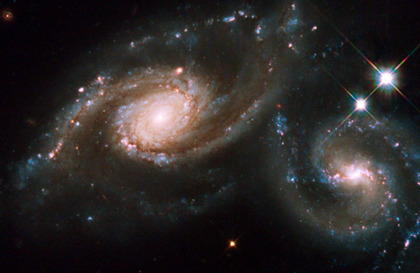The Milky Way began its existence as a small cluster of gas and dust and then began to form stars and structures under the influence of gravity. Over time, the effects of gravitational interactions with other galaxies and even dark matter may have changed the shape of the Milky Way.
Today we see the Milky Way in its current spiral form. The galaxy is made up of a large number of stars, gas, dust, and dark matter that are arranged in spirals. The appearance of Milky Way from Earth appears as a bright streak in the night sky that extends across the sky and creates characteristic spiral structures.
Alister Graham
Alister Graham, a professor from Swinburne University of Technology, has developed a comprehensive theory describing the evolution of the shape of galaxies and changing the Hubble sequence. The theory suggests that the current spiral structure of the Milky Way is a consequence of the long-term accretion of material and that a new shape change awaits our Galaxy in the future.
Professor Graham analyzed optical images from the Hubble Space Telescope and infrared images from the Spitzer Space Telescope for 100 nearby galaxies. By comparing their stellar masses and the mass of the central black hole, he found two types of lenticular galaxies: old and dust-poor dust-rich.
Summarizing the observational data and various existing concepts describing the formation of galaxies, the researcher concluded that dust-rich lenticular galaxies are formed by the merger of spiral galaxies.
The subsequent merger of two dusty lenticular galaxies is enough to completely erase their disks and create an elliptical-shaped galaxy unable to hold the cold gas clouds containing dust.
The Milky Way has several smaller satellite galaxies, such as Sagittarius and the Big Dog, and its structure suggests a rich history of acquisitions. The astronomer believes that the Milky Way was once a lenticular galaxy with low dust content that accreted material and eventually acquired a spiral structure.
In the future about 4-6 billion years from now, it will begin to collide with the Andromeda galaxy. This will destroy the current spiral patterns in both galaxies, resulting in a single galaxy with a dominant spheroid, ejecting many dust clouds and accompanied by an increase in the mass of the central black hole. This will lead to the birth of a dust-rich lenticular galaxy.

Is the Milky Way cannibalized?
A new study, in collaboration with European scientists, has examined the age of the Milky Way’s stars to determine more precisely how the galaxy formed.
Our home galaxy is a cannibal. Recent evidence strongly suggests that the Milky Way swallowed a smaller galaxy known as Gaia-Enceladus in its early years, incorporating the galaxy’s stars, gases, and dust into its orbit. However, the exact date of this “accretion event,” as astronomers say, is difficult to determine.
By dating the stars, scientists have concluded that two separate systems – Gaia-Enceladus and the Milky Way – evolved separately 13 billion years ago. By studying the distribution of heavy elements in the systems, they found that the Milky Way matured faster than Gaia-Enceladus.
Then they collided. 10 billion years ago. The merger slowed the star formation of Gaia-Enceladus and plunged the Milky Way into a period of chaos. The energy of the collision ejected Milky Way stars into the galactic halo. The extra gas and dust that passed through the Milky Way provided more material for the galaxy to form new stars in the inner disk.
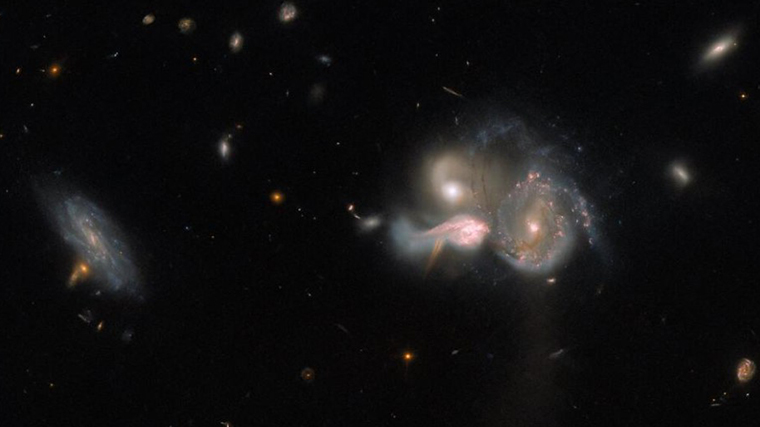
Who’s in line?
The Milky Way has collided with many galaxies over the 13.8 billion years of the Universe’s life and is in the process of absorbing the dwarf spheroidal galaxy Sagittarius, as well as the Large and Small Magellanic Clouds.
Image credit:
https://ru.wikipedia.org
https://www.unian.net
https://ab-news.ru
